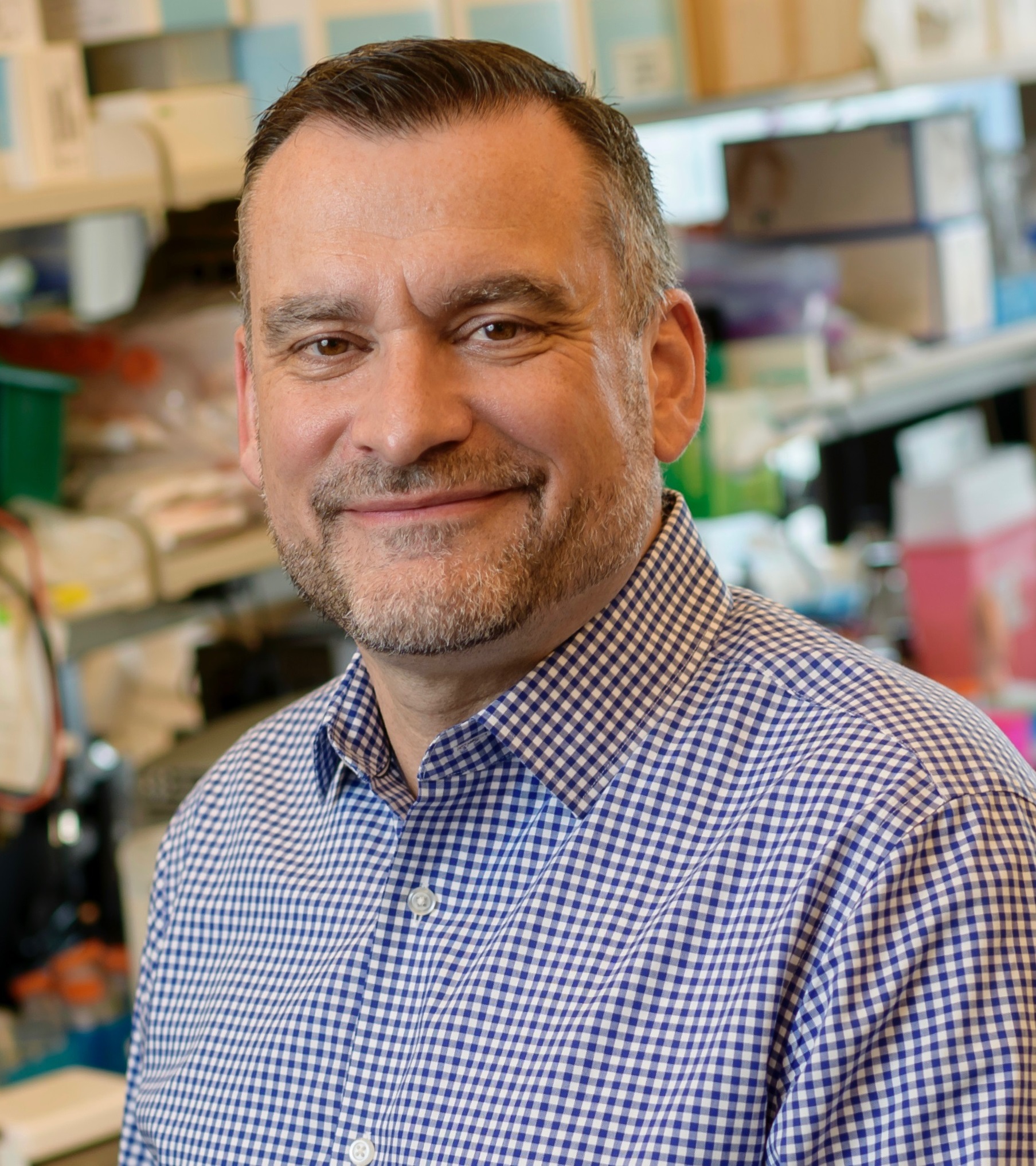Peer Reviewed Cancer



Posted January 15, 2021
Yelena Janjigian, M.D., Jason Lewis, Ph.D., Sloan Kettering Institute for Cancer Research, New York, Sohail Tavazoie, M.D., Ph.D., Rockefeller University, New York
 Dr. Yelena Janjigian
Dr. Yelena Janjigian
 Dr. Jason Lewis
Dr. Jason Lewis
 Dr. Sohail Tavazoie
Dr. Sohail Tavazoie
Esophagogastric (EG) cancer makes up about 1% of all cancers in the United States, affecting mainly males. According to the American Cancer Society, in 2020 there will be an estimated 18,400 new cases and 16,170 deaths from EG cancer.1 Recent findings have allowed for a better understanding of the pathogenesis and epidemiology of this cancer type; two of the most relevant include the involvement of the human epidermal growth factor 2 (HER2) as a validated treatment target and the discovery of the Helicobacter pylori bacteria as a Group 1 Carcinogenic to humans.2 However, despite the upsurge of therapeutic options for EG cancer, most only provide short-term response. There is an urgent need to identify predictive biomarkers of response and molecular mechanisms of resistance to improve the treatment options for this disease.
With a recently completed Fiscal Year 2015 Translational Team Science Award, Dr. Yelena Janjigian, in collaboration with Dr. Sohail Tavazoie and Dr. Jason Lewis, sought to determine if differences in HER2 expression and metastatic disease burden between the primary tumor location and sites of metastasis contribute to drug resistance. A phase 2 study of afatinib monotherapy and afatinib/trastuzumab combination therapy in subjects with trastuzumab-resistant EG cancer was conducted. Genomic analyses of pre-treatment and during disease progression biopsies showed that co-amplification of epidermal growth factor receptor (EGFR) was associated with clinical benefit when treated with afatinib. However, the combination treatment only displayed modest clinical activity. In addition, to determine afatinib-sensitive and afatinib-resistance prior to clinical progression, the team utilized functional imaging with 89Zr-trastuzumab positron emission tomography (PET) before treatment. Patient Derived Xenograft (PDX) models from warm autopsies were also generated to identify mechanisms of drug resistance. Analysis of samples indicated numerous potential indicators of resistance, among them loss of EGFR amplification and amplification of the gene mesenchymal-epithelial transition factor (MET).
The development of 89Zr-trastuzumab as a PET imaging agent able to identify tumor heterogeneity and disease progression and of a PDX model for patients with HER2+ Gastric Cancer by this team has not only laid the groundwork for future studies in the field, but brings us closer to new treatment strategies for these cancers. Dr. Janjigian and her team have published their results in Cancer Discovery 4,5 as well as other related publications in Nature Communication.6 In addition, this research has led to a phase II clinical trial with results published in The Lancet Oncology7. Dr. Janjigian has also gone on to be appointed chief of the Gastrointestinal Medical Oncology Service in the Division of Solid Tumor Oncology at Memorial Sloan Kettering Center in 2018. Dr. Janjigan’s work continues to focus her research on improving treatment outcomes for patients with esophageal and stomach cancers.
References:
1 American Cancer Society, Stomach Cancer, Key Statistics About Stomach Cancer (https://www.cancer.org/cancer/stomach-cancer/about/key-statistics.html)
2 American Cancer Society, Cancer A-Z, What Causes Cancer? General Information about Carcinogens, Known and Probable Human Carcinogens (https://www.cancer.org/cancer/cancer-causes/general-info/known-and-probable-human-carcinogens.html)
3 Janjigian YY, Mazgaj R, Carbonetti G, et al. 2012. Establishment of Primary Gastric and Gastroesophageal (GE) Junction Xenografts: A Model for Characterizing Disease Heterogeneity. Journal of Clinical Oncology 30(4):51-51.
Publications:
4 Janjigian YY, Sanchez-Vega F, Jonsson P, et al. 2018. Genetic predictors of response to systemic therapy in esophagogastric cancer. Cancer Discov 8(1):49-58.
5 Sanchez-Vega F, Hechtman JF, Castel P, et al. 2019. EGFR and MET amplifications determine response to HER2 inhibition in ERBB2-amplified esophagogastric cancer. Cancer Discov 9(2):199-209.
6 Pereira, PMR, Sharma, SK, Carter, LM, et al. 2018. Caveolin-1 mediates cellular distribution of HER2 and affects trastuzumab binding and therapeutic efficacy. Nat Commun 9: 5137.
7Janjigian YY, Maron SB, Chatila WK, et al. 2020 First-line pembrolizumab and trastuzumab in HER2-positive oesophageal, gastric, or gastro-oesophageal junction cancer: an open-label, single-arm, phase 2 trial.
The Lancet Oncology 21(6): 821-831.
Link:
Last updated Friday, December 13, 2024














